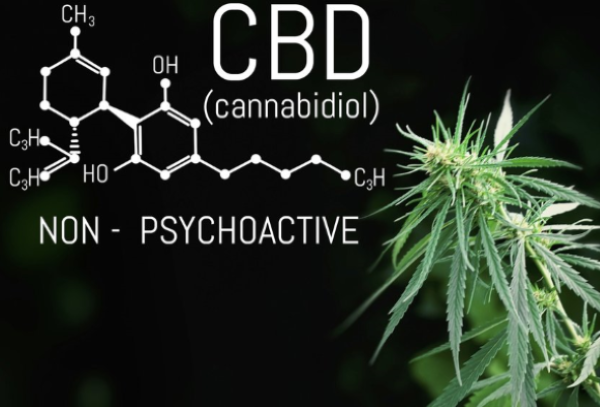Using CBD as a natural way of improving health and wellness is not a new concept. There is even evidence of hemp being used as far back as the Ancient Greeks.
A big part of why CBD has become such a popular wellness option for many people over the last few years is increased interest in research and further understanding of cannabinoids. For many decades there has been a stigma surrounding CBD. People have associated CBD with the compound THC, known for causing intoxicating effects.
Research into CBD and its health benefits has highlighted the differences between CBD and THC and how they produce different effects. It is not just research driving the CBD industry, though; technological advancements have also played a significant role.
Thanks to advances within the CBD tech field, companies have created new ways of enjoying CBD. One product, in particular, that has benefited from this is CBD edibles. CBD infused water and CBD coffee beans are just a few examples of exciting new products available to the public.
So, what are some of the latest advances within the CBD tech field? And how has this driven the industry forward?
CBD-Rich Cannabis Strains
Cannabis plants contain hundreds of different compounds, including the two most popular, CBD and THC.
THC has been a desired compound for many decades now and is known for its intoxicating effects. For this reason, breeders typically select plants that produce a higher ratio of THC. However, this has changed in recent years, especially now that CBD is a highly regarded health product.

CBD does not cause the mind-altering effects associated with the plant and instead offers a wide range of potential health benefits. The rise in CBD use has caused a shift within the cannabis industry, resulting in some breeders curating CBD-rich strains.
Advanced breeding techniques have allowed growers to create a high CBD to THC ratio. Some strains contain such small amounts of THC that is not even detectable. These strains make it much easier and cheaper to manufacture CBD isolate wellness products.
Advanced Extraction Technology
The 2018 Farm Bill established that only CBD formulas with less than 0.3% of THC could be manufactured into health and supplement products. This low level of THC is not enough to produce noticeable psychoactive effects when consumed.
As a result of this limit, manufacturers have improved the extraction methods they use to ensure that products can conform to the bill.
Several technological advances have improved the efficiency and the quality of the CBD extracted from plants. CO2 extraction is thought to be the safest and more effective method currently available.
Unlike previous extraction techniques, supercritical CO2 extraction allows the extractor to choose precisely which compounds they wish to take from the plant matter. This means brands have much more control over whether a product is full-spectrum, broad-spectrum, or isolate.
For the consumer, advanced extraction technology means that product labeling should be accurate. Although, lab results will confirm this.
Advanced Quality Checks
While CBD has been used throughout history, it is still a relatively new mainstream health product. Trust is always something that CBD brands have to be aware of, as it’s the key to building a strong customer following.
Many people still associate CBD with recreational cannabis and its intoxicating effects. For this reason, building transparent quality assurances has been a priority within the industry. Part of this has involved supplying reliable and accurate information to the customer about the ingredients each CBD product contains.

Software developers have been working on tracking programs that centralize quality checks and laboratory reports across brands. These programs make it much easier to pass product information on to the consumer using a format that is easy to understand.
Tracking programs can also help manufacturers to notice and fix quality before it becomes an issue. Most CBD companies now provide full lab report breakdown for their products; these can typically be found on each brand site.
Also Read: Where Does CBD Come From?





